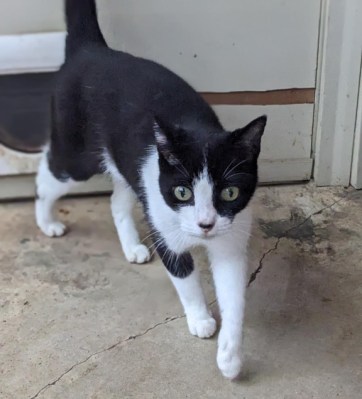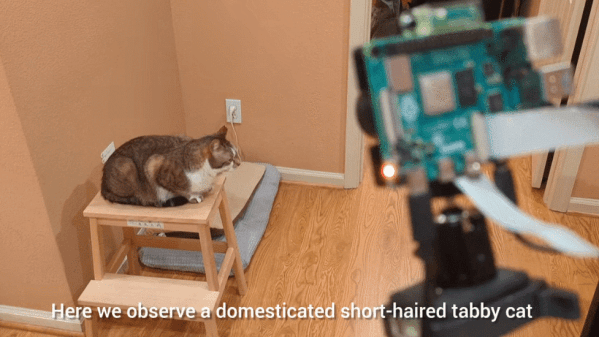Some cats are what you might call indoor cats, happy to stretch out in the lap of indoor luxury and never bother themselves with the inclement outdoors again. Others however are fully in touch with their Inner Cat, and venture forth frequently in search of whatever prey they can find.
[Rkramer] has a cat of this nature,sadly one with a propensity for returning with live prey. To avoid this problem a solution is called for, and it comes in the shape of the Cat Valve, an automated cat door which enforces a buffer zone in their cellar to prevent unwanted gifts.
It’s a simple enough idea, when an IR sensor connected to a Raspberry Pi 4 detects the cat heading out into the world through the exterior cat flap, the computer fires up a motor connected to a lead screw which closes the flap between buffer zone and house. The cat then has the safety of the buffer zone, but can’t bring the prey fully inside.
If you’re a cat lover you’ll forgive them anything, but we have to admit to being on [Rkramer]’s side with this one. A useful way to keep the prey at bay is something we could have used a few times in the past, too. This project is part of the 2025 Pet Hacks contest. Done something similar for your cat? Why not make it an entry!



















